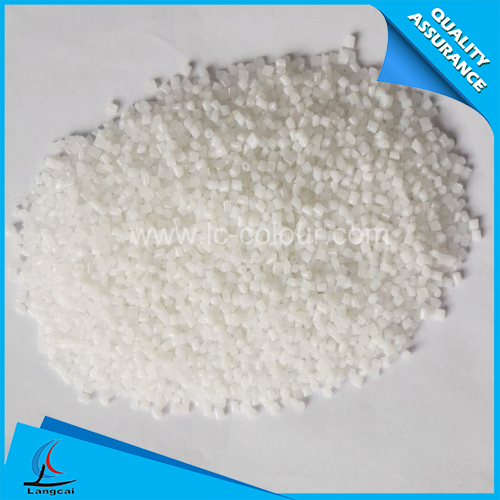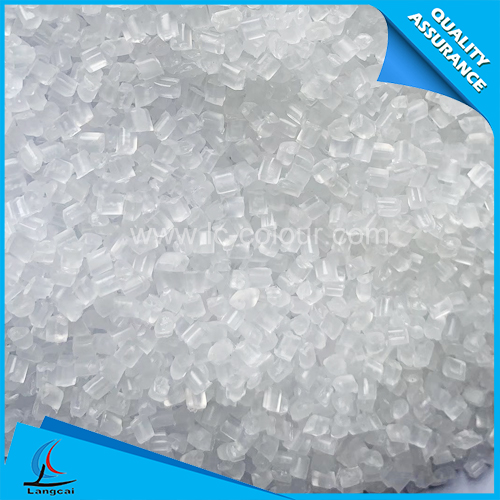- Nonwoven Fabrics
- Tailor Made Masterbatch
- Plastic Masterbatch
- Chemical Fiber Masterbatch
- Functional Masterbatch
- Machinery
- Spunbond PP Nonwoven Masterbatch
- Mono Color Masterbatch
- Liquid Color Masterbatch
- Non-woven Masterbatch
- Polyester Fiber Masterbatch
- Nylon Fiber Masterbatch
- Polypropylene Fiber Masterbatch
- Lab Nonwoven Machine
- Lab BCF Machine
- Dryer
- Filler Masterbatch
- How can the refined cotton industry navigate through the trade fog between China and Japan
- Why choose Mono Color Masterbatches? Three major advantages highlight value!
- The "Symbiotic code" between domestic and overseas markets
- The application advantages of Plastic Masterbatches are remarkable!
- How will the "balanced development of imports and exports" be promoted during the "15th Five-Year Plan" period?
- Why choose Mono Color Masterbatches?
- Phone:00836 - +86-535-8484358
- Email:wendy@ytlc-colour.com
- Address:DALAN INDUSTRIAL PARK, ZHANGXING TOWN, ZHAOYUAN CITY, SHANDONG, CHINA
Pigments used in plastic masterbatch are different in terms of their processing technology and the way in which plastic products are used. The performance requirements for pigments are also different. Generally speaking, the following performance requirements are required:
Tinting strength
The tinting strength of a pigment refers to the amount of pigment required for a certain color product, expressed as a percentage of the tinting strength of a standard sample. The tinting strength of the pigment is not only related to its properties, but also related to the degree of pigment dispersion. The degree of dispersion mainly refers to the degree of refinement of the pigment. The greater the degree of dispersion, the stronger the tinting strength, but there is a saturation value.
2. Heat resistance
Heat resistance refers to the degree of change in the color or performance of a pigment at processing and use temperatures. When considering the heat resistance of the pigment, the heating time should also be considered. When the plastic is processed into a product, the processing method is different, the heating time is different, the use is different, the heating time is different during use, and generally, the higher the use temperature, the shorter the heat resistance time.
3. Migration resistance
The migration resistance of pigments means that the colored plastics may be in contact with other solid, liquid, gas and other state materials for a long period of time or may work physically and chemically with the above substances in a specific environment, which is manifested by the migration of pigments from the interior of the plastic to the products. Free surface or migrate to adjacent plastic or solvent.
4. Light resistance and weather resistance
Plastic products are required to have good light resistance and weather resistance due to long-term outdoor use. Some pigments will change color to varying degrees under the illumination of light. Weatherability refers to the color stability of pigments under natural conditions. Since black mothers are used very much outdoors, special attention is paid to migration and weather resistance.
Chemical resistance
Industrial plastic products are commonly used for storing chemicals and for transporting acids, bases, etc., so the acid and alkali resistance of the pigments should be considered.
Chemicals such as acid and alkali resistance should also include decomposition products of the resin, other additives in the product, and detergents and bleaching agents in the environment.
6. Toxicity
There are more and more plastic products used in daily life, so more and more attention is paid to the toxicity of colored plastics.
7. Mixedness
Plastic products often use two or more pigments for color matching, so it is necessary to understand the mixing performance between them, and also need to know whether the color master chemically reacts with additives and additives in plastics.
Plastic masterbatch consists of a high proportion of pigments or additives and thermoplastic resins, a well-dispersed plastic colorant. The resin chosen has good wetting and dispersing effect on the colorant and has a good phase with the pigmented material. Capacitance. Namely: pigment + carrier + additive = masterbatch.
Only when the above 7 indicators are met can the requirements for use of the plastic masterbatch be achieved.
- Why choose Mono Color Masterbatches? Three major advantages highlight value!
- How can the refined cotton industry navigate through the trade fog between China and Japan
- The application advantages of Plastic Masterbatches are remarkable!
- The "Symbiotic code" between domestic and overseas markets
- Why choose Mono Color Masterbatches?
- How will the "balanced development of imports and exports" be promoted during the "15th Fi
- What are the prominent advantages of Plastic Masterbatches?
- The opening ceremony of the 9th China Textile Intangible Cultural Heritage Conference was
- Explore the performance optimization and efficient coloring of Mono Color Masterbatches!
- What pressure does the United States' promotion of US-India trade cooperation bring to Chi


